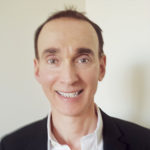 I sat down with Charlie Greenberg, a respected healthcare industry veteran and an expert in point-of-care (POC) marketing, to discuss current trends in healthcare marketing. It’s a topic Charlie knows well, having worked for more than 30 years in the industry with giants like Saatchi & Saatchi, Wyeth, and Merck. Charlie currently serves as a media and marketing consultant, so he spends a great deal of time thinking about the ways brands can improve their reach and maximize their return on investment.
I sat down with Charlie Greenberg, a respected healthcare industry veteran and an expert in point-of-care (POC) marketing, to discuss current trends in healthcare marketing. It’s a topic Charlie knows well, having worked for more than 30 years in the industry with giants like Saatchi & Saatchi, Wyeth, and Merck. Charlie currently serves as a media and marketing consultant, so he spends a great deal of time thinking about the ways brands can improve their reach and maximize their return on investment.
Q: How has healthcare marketing changed during your time in the industry?
A: Market research on patient population profiles and their attitudes toward treatment options has become increasingly more sophisticated. We no longer focus only on demographics and affinity interests, but now incorporate attitudes toward treatment options, healthcare status, and relevant multicultural distinctions within an overall target universe.
Paid media in the marketing mix has embraced this more sophisticated market research by employing greater targeted media tactics. This is not only a function of the evolution of digital media but greater opportunities within the point-of-care arena and the availability to refine how mass media can reach a target audience.
Q: What's the biggest thing healthcare marketers aren't doing that they should, or that they should be doing more of?
A: Good marketers set themselves apart from the pack when they are willing to make bold decisions and address the marketplace by shaping customer thinking. Adopting a mindset of “test and learn” around how marketing dollars are spent needs to be better embraced. Short-term thinking often leads to stagnation and missed opportunities.
Secondly, marketers should also be investing more in communication which has the goal of building health literacy. This will not only support the ability to shape consumer thinking, but health literacy campaigns have been shown to lift the efforts of branded commercial campaigns when the two messages are running together.
Q: What effect can point of care (POC) have on the overall media plan? What benefits can brand managers and media planners realize from adding this channel to their mix?
A: Adding POC to a plan will increase the ability to laser target reaching prospects and patients. This complements the efforts of other tactics within the plan. Secondly, POC offers a guaranteed ROI, which also enriches the promotional effectiveness of the overall marketing plan.
Q: Why is healthcare personal to you?
A: It is rewarding to be able to feel a sense of achievement from launching that new snack food item on shelf, introducing a new car model or driving purchases of yet another shade of red lipstick. However, healthcare marketing offers a benefit of knowing that you are helping people understand health conditions and offering treatment to increase their quality of life.
Q: What’s your favorite thing about being a New Yorker?
A: New York City offers real mobility since it is one of few places in America where you have the option to walk to get to your destination rather than being tied to your car.




 Earlier this month, US District Judge Amit Mehta ruled that the US Department of Health and Human Services (HHS) “lacked authority from the US Congress to compel drug manufacturers to disclose list prices,” as per reports. In mid-June, Merck & Co., Eli Lilly & Co, and Amgen, along with the Association of National Advertisers, filed a lawsuit on the grounds that requiring pricing information in ads would confuse consumers as that pricing would not accurately reflect actual out-of-pocket costs for consumers due to different insurance plans and coverage, as well as further discounts and rebates. Mehta's
Earlier this month, US District Judge Amit Mehta ruled that the US Department of Health and Human Services (HHS) “lacked authority from the US Congress to compel drug manufacturers to disclose list prices,” as per reports. In mid-June, Merck & Co., Eli Lilly & Co, and Amgen, along with the Association of National Advertisers, filed a lawsuit on the grounds that requiring pricing information in ads would confuse consumers as that pricing would not accurately reflect actual out-of-pocket costs for consumers due to different insurance plans and coverage, as well as further discounts and rebates. Mehta's  And it’s becoming increasingly clear that brands have had enough.
And it’s becoming increasingly clear that brands have had enough.  Every year, events like South By Southwest and Mobile World Congress bring us new technology innovations that have the potential to fundamentally reshape a marketers’ playbook. This year was no different, as pharma marketers in attendance in Austin and Barcelona saw a range of technologies from brands like AT&T and Google.
Every year, events like South By Southwest and Mobile World Congress bring us new technology innovations that have the potential to fundamentally reshape a marketers’ playbook. This year was no different, as pharma marketers in attendance in Austin and Barcelona saw a range of technologies from brands like AT&T and Google.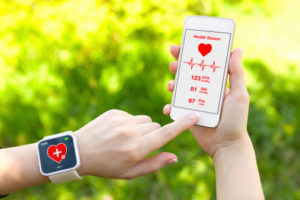

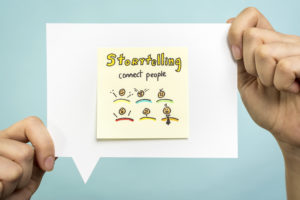 Branding: What Science Says About Engaging People
Branding: What Science Says About Engaging People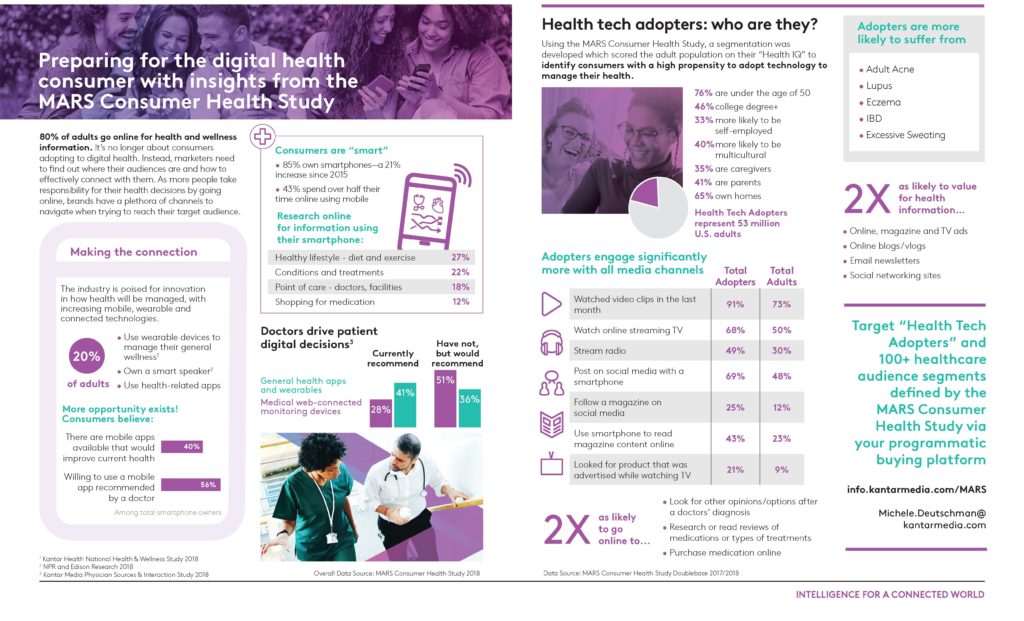

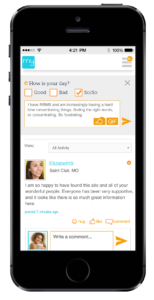


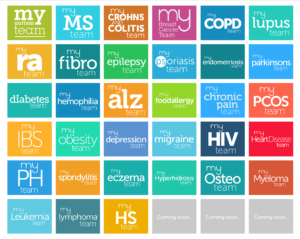
 Many people associate weather conditions with their health and wellbeing. Perhaps you have family members claim to be able to sense changes in the weather because they feel a migraine coming on, friends who swear they can forecast rainfall better than the meteorologists due to increases in pain levels within their joints, or even co-workers who claim to be allergic to certain types of weather. Observations about the interactions between weather and health are not a modern phenomenon. People have been making them for almost 2,500 years—since the writings of Greek physician Hippocrates—and correlations between weather and wellness, if proven, are potentially valuable information for organizations and companies across the healthcare economy.
Many people associate weather conditions with their health and wellbeing. Perhaps you have family members claim to be able to sense changes in the weather because they feel a migraine coming on, friends who swear they can forecast rainfall better than the meteorologists due to increases in pain levels within their joints, or even co-workers who claim to be allergic to certain types of weather. Observations about the interactions between weather and health are not a modern phenomenon. People have been making them for almost 2,500 years—since the writings of Greek physician Hippocrates—and correlations between weather and wellness, if proven, are potentially valuable information for organizations and companies across the healthcare economy. Healthline Insider's Ingrid Eberly sat down for a conversation with our SVP of Media Strategy & Revenue, Dante Gaudio, on the topic of narrative and the power of narrative in health. In his role, Dante spends a lot of time thinking about ways he can help health brands build powerful stories to change people’s lives.
Healthline Insider's Ingrid Eberly sat down for a conversation with our SVP of Media Strategy & Revenue, Dante Gaudio, on the topic of narrative and the power of narrative in health. In his role, Dante spends a lot of time thinking about ways he can help health brands build powerful stories to change people’s lives.